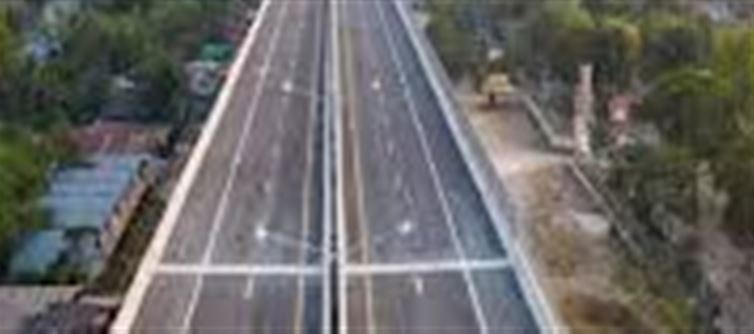
After months of toll-free travel, the much-anticipated Bengaluru–Chennai Expressway has officially started charging tolls. Managed by the National Highways Authority of india (NHAI), the 71-km karnataka stretch is now operational with fixed charges for different categories of vehicles. Here’s everything you need to know about the new toll collection system, rates, and what it means for commuters.
1. Tolling Begins After Free Ride Period
From September 4, NHAI has started collecting tolls between Hedigenbale (near Hoskote) and Sundarpalya (near KGF). This marks the end of months of free travel on the route, which was allowed during the trial period.
2. car Owners: What You’ll Pay
For car drivers, the new toll rates are straightforward:
- Rs 185 for a one-way trip (Hedigenbale to Sundarpalya)
- Rs 275 for a round trip
- In the opposite direction (Sundarpalya to Hedigenbale), the rates are slightly higher at Rs 190 (one way) and Rs 280 (round trip).
3. Heavy vehicles Pay Much More
For larger vehicles like LCVs, LGVs, minibuses, trucks, and buses, the toll charges go up significantly, with some heavy vehicles paying as much as Rs 955 per trip. This aligns with national highway toll structures, where heavier vehicles contribute more due to road wear and tear.
4. Monthly & Annual Passes for Frequent Travellers
For daily commuters, NHAI has introduced passes:
- Monthly pass for cars (50 trips one way): Rs 6,105
- Monthly pass for cars (round trip): Rs 6,260
- FASTag annual pass: Rs 3,000 (usable across the route)
This system benefits frequent users, especially professionals and logistics operators.
5. Four Toll Plazas in Place
There are four toll plazas along this stretch:
- Hedigenbale
- Agrahara
- Krishnarajapura
- Sundarpalya
These checkpoints will ensure smooth toll collection, though drivers may need to adjust to potential waiting times initially.
6. High-Speed Corridor With 120 kmph Limit
The Bengaluru–Chennai Expressway has been designed for a maximum speed of 120 kmph, making it one of the fastest road corridors in South India. The reduced travel time is expected to boost trade and tourism between the two metro cities once the full corridor is completed.
7. Full Corridor Completion Delayed Until 2026
Currently, only the Karnataka section is operational. Due to construction delays, the entire 262-km Bengaluru–Chennai Expressway is expected to be fully functional by July 2026. Until then, passengers will have partial access to the route.
8. What It Means for Commuters
While toll charges may feel like an added burden for daily travellers, the expressway promises faster, smoother, and safer journeys compared to older routes. With shorter travel times and better connectivity, logistics firms, businesses, and passengers stand to benefit in the long run.
Final Takeaway
The opening of toll gates on the Bengaluru–Chennai Expressway marks a major step toward modernizing South India’s road infrastructure. Though drivers will now pay for the convenience, the expressway’s high-speed connectivity and efficiency could transform regional travel by 2026.
Disclaimer:
The views and opinions expressed in this article are those of the author and do not necessarily reflect the official policy or position of any agency, organization, employer, or company. All information provided is for general informational purposes only. While every effort has been made to ensure accuracy, we make no representations or warranties of any kind, express or implied, about the completeness, reliability, or suitability of the information contained herein. Readers are advised to verify facts and seek professional advice where necessary. Any reliance placed on such information is strictly at the reader’s own risk.
.jpg)




 click and follow Indiaherald WhatsApp channel
click and follow Indiaherald WhatsApp channel